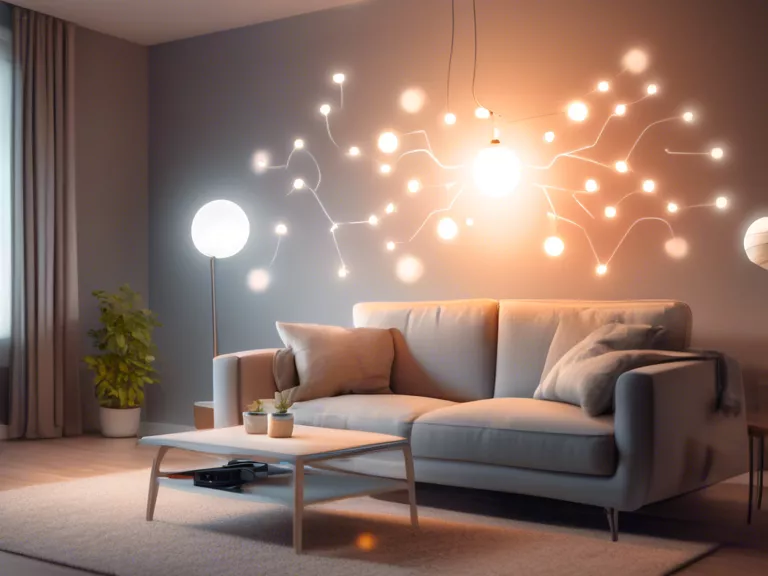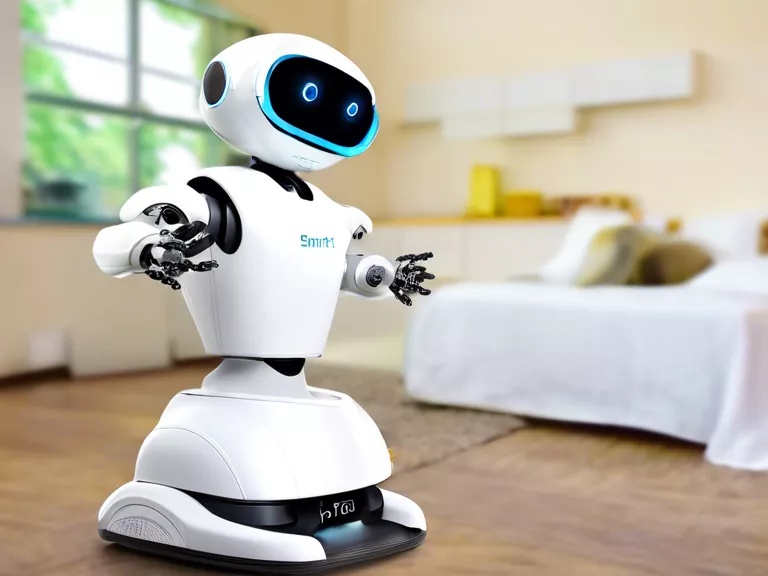
Smart home technology is revolutionizing the way elderly individuals can age in place by providing them with the support and assistance they need to maintain their independence and safety. From smart lighting and thermostats to wearable devices and video monitoring systems, these innovative technologies are changing the way we care for our aging loved ones. In this article, we will explore how smart home technology is making it easier for the elderly to live comfortably and securely in their own homes.
One of the biggest challenges for seniors who wish to age in place is managing their daily tasks and staying connected with family and caregivers. Smart home devices such as voice-activated assistants like Amazon Alexa or Google Home can help seniors with tasks like setting reminders, making phone calls, and even controlling other smart devices in the home. These voice-activated assistants can serve as virtual companions for the elderly, providing them with a sense of security and connection to the outside world.
In addition to voice-activated assistants, smart home technology also includes devices like smart thermostats and lighting systems that can be controlled remotely through a smartphone or voice commands. This means that elderly individuals can adjust the temperature or lighting in their home without having to get up or move around, reducing the risk of falls or accidents. These devices can also help seniors save on energy costs by automatically adjusting settings based on their preferences and habits.
Another important aspect of smart home technology for aging in place is remote monitoring and communication systems. Video monitoring systems can allow family members or caregivers to check in on their loved ones from anywhere, providing peace of mind and ensuring that help can be summoned quickly in case of an emergency. Wearable devices like smartwatches can also track vital signs and movement, alerting caregivers to any changes that may indicate a health issue or fall.
Overall, smart home technology is a valuable tool for supporting aging in place for the elderly. By providing assistance with daily tasks, enhancing safety and security, and enabling remote monitoring and communication, these technologies are enabling seniors to live independently in their own homes for longer. As the population ages, the demand for smart home solutions tailored to the needs of the elderly will continue to grow, making it an exciting time for innovation in this space.



